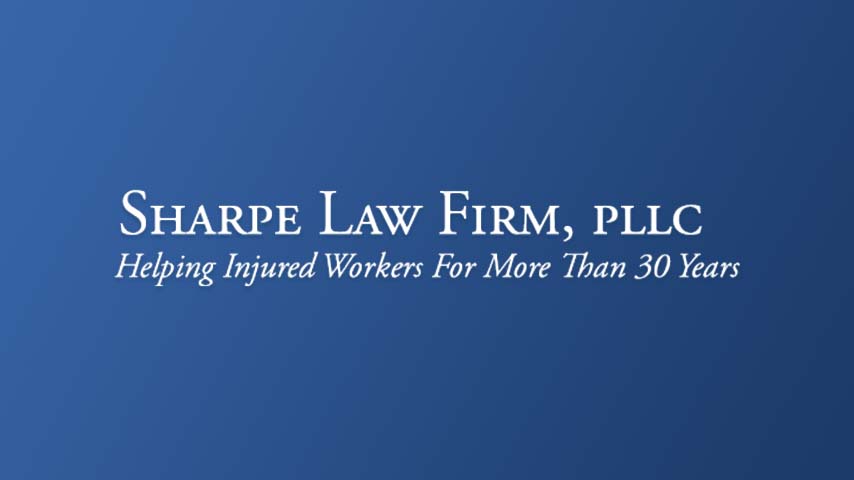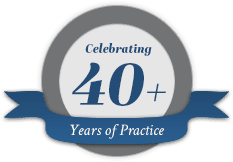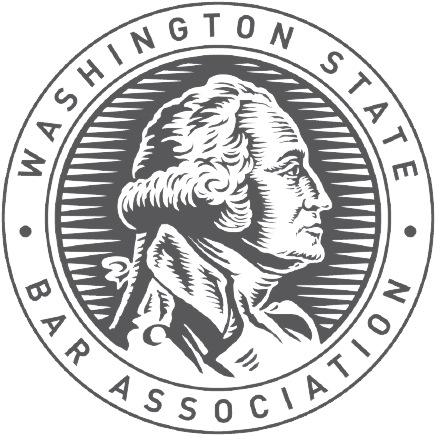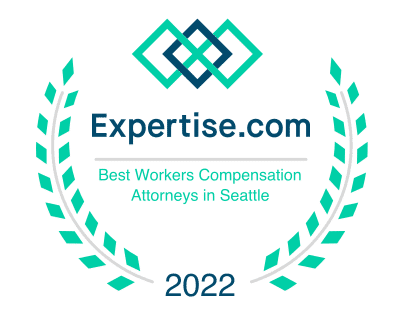Learn How To:
- Get your L&I hearing loss claim accepted
- Get hearing aids paid for
- Receive a permanent partial disability settlement from L&I
A Successful L&I Hearing Loss Claim is:
- Job related
- Filed on time
- Improved with hearing aids
- Compensated with settlement money
- Paid for by L&I
The Technical Details:
- How did I get hearing loss – Is it job related or not?
- What type of hearing loss do I have – Gradual or sudden?
- Important Medical-Legal concepts
- Manifestation
- Medical Treatment
- Audiograms
- PPD Settlement
What Caused my Hearing Loss? Is it Job Related?
At least some of the hearing loss must be caused by your job(s) to become an L&I claim. Over a lifetime noise related hearing loss comes from multiple sources and at various times. For legal purposes the answer to the following question decides if your hearing loss is job related:
“Doctor, on a more probable than not basis, is some or all of the hearing loss, the result of occupational exposure (did it happen on the job)?”
The doctor’s answer to this question decides if your hearing loss is job related.
What Kind of Hearing Loss do You Have? It Is Important Because the Type of Hearing Loss Determines:
- How long you have to file a claim and
- Whether hearing aids will work
Conductive Hearing Loss Is an Injury
Conductive hearing loss is usually the result of a single event, such as a sudden explosion or head trauma. Because it is a one time event, conductive hearing loss is an injury, not an occupational disease. This means you must file an L&I claim within one year of the injury, or you lose your right to file a sucessful claim.
Sensorineural Hearing Loss Is an Occupational Disease
Sensorineural hearing loss usually results from long-term exposure to noise and is considered an occupational disease, if job related. It is permanent, and not treatable by medicine or surgery. This type of hearing loss is usually helped by hearing aids. Most occupational disease claims, including sensorineural hearing loss can be filed anytime. All such accepted claims are eligible for treatment (usually hearing aids). However to also be eligible for a Permanent Partial Disability (PPD) settlement, the occupational disease hearing loss claim must be filed within two years of the date of manifestation.
Date of Manifestation for Occupational Hearing Loss Claims
The date of manifestation is important because it, together with the claim filing date, determines whether an L&I occupation hearing loss claim is eligible for medical benefits only, or for both medical and a permanent partial disability (PPD) settlement.
The date of manifestation for hearing loss claims is the date the occupational disease required medical treatment, or date of last injurious exposure, whichever occurred first.
Last Injurious Exposure is the last time you heard loud noises on the job.
Medical treatment is the date the worker consulted with a doctor or received a hearing aid from a licensed provider, which ever occurred first. An audiogram is not considered medical treatment.
Audiograms
Audiograms are hearing tests. Audiograms chart the intensity of a sequence of tones that have been used to measure hearing thresholds. A hearing threshold is a measure of the softest sounds that a particular human can hear at various pitches.
A valid audiogram is needed to determine what type of hearing loss is present and if it is due to excessive noise exposure. In routine testing, a sound is produced and gradually reduced in intensity until the patient hears it approximately 50 percent of the time – the threshold of hearing.
To be considered valid, an audiogram just be:
- Preceded by at least 14 hours without exposure to high levels of noise (occupational or non-occupational); and
- Performed by a licensed or certified audiologist, an otolaryngologist or other qualified provider, or by a certified technician responsible to one of the above; and
- Performed in a sound-attenuated room; and
- Obtained from equipment calibrated to current ANSI (American National Standards Institute) standards.
Which Audiogram to Use
If a worker is still being exposed to injurious occupational noise at the employer of record, the most recent valid audiogram is used to determine permanent impairment.
If a worker is not currently being exposed to injurious occupational noise, or has changed employers since filing the claim, the first valid audiogram performed closest to the date of last injurious exposure is used. However, if a subsequent valid audiogram shows a lower percentage of hearing loss, that audiogram is used.
Permanent Partial Disability (PPD) Is Decided by: Reading the Audiogram and Calculating the Loss
In order to calculate the amount of permanent impairment, the claims manager takes the readings from the appropriate audiogram. The audiogram is read at the 500 Hz, 1000 Hz, 2000 Hz and 3000 Hz levels for each ear. The readings are then applied to a formula as recommended by the American Medical Association’s Guide to the Evaluation of Permanent Impairment.
When both ears have hearing loss, the loss in each ear is calculated separately and the total loss in each ear is then combined to calculate the binaural hearing loss.
When only one ear shows having loss, then the calculation is done only for that ear.
Hearing Loss Definitions
Conductive Hearing Loss – Usually caused by a one time event, such as a very loud explosion or head trauma. L&I classifies it as an injury.
Sensorineural Hearing Loss – Usually the result of long term exposure to noise. L&I classifies if as an occupational disease.
Presbycusis – The gradual reduction of hearing caused by aging.
Tinnitus – The perception of sound when there is nothing external to cause sound. Tinnitus is eligible for PPD settlement money for occupational hearing loss only if there is an otherwise compensable hearing loss. However if tinnitus results from an industrial injury, the L&I will accept a tinnitus rating with or without an otherwise compensable hearing loss.
Date of Manifestation
- Date the occupational disease required treatment, or
- Date of last injurious exposure, whichever occurred first
PPD-Permanent Partial Disability – A money settlement at L&I claim closure for significant loss of hearing, For a sensorineural hearing loss claim PPD is only paid if the claim is filed within two years of the date of manifestation
Medical Opinion – What the doctor(s) have to say about your hearing loss. A Medical opinion is required to file a claim, get hearing aids, or get a PPD settlement.
Audiogram – A hearing test looking for a worker’s ability to hear pure tones in each ear. Audiograms are valid or invalid. Simple tests, such as the ones done at work, are usually invalid. A valid audiogram is necessary to accurately diagnose most hearing problems and determine the amount of impairment.
Binaural Hearing – Having to do with the perception of sound in both ears
Frequently Asked Questions
- How long do I have (statute of limitations) to file an L&I hearing loss claim?
Answer: See conductive and sensorineural hearing loss above - Do I have to see a doctor to have a successful hearing loss claim?
Answer: Yes for two different reasons. First a medical opinion must relate the condition to the work place. The examining doctor determines if and where the worker received injurious noise exposure. Second a medical opinion must also indicate the percentage of hearing loss where PPD will be awarded. - Can I just get a hearing aid test?
Answer: Yes, but don’t do it, for two reasons: 1) To have an open L&I claim the injured worker must see a medical doctor. If a worker doesn’t see their own doctor L&I will schedule an independent medical examination (seldom a good thing). 2) If you decide to schedule your own test, L&I will only pay for a hearing test if they use it to make a claim determination. - Can I go first to an audiologist, hearing aid fitter, or ARNP? If so will that hearing test be paid for?
Answer: Yes,the audiologist or fitter can then refer to a medical doctor for filing a claim. This may avoid an IME. If a claim is filed (successful or not) and if the hearing test is used in that determination, then that hearing test will be paid for by L&I. - What about hearing aid purchase, repair, replacement, and batteries?
Answer: When L&I has accepted a hearing loss condition either as a result of industrial injury or occupational exposure, they will authorize hearing aids when prescribed or recommended by a physician. L&I will pay for the cost of repairs or replacement due to normal wear and the cost of battery replacement for the life of the hearing aid. Hearing aids require prior authorization. - Can I get hearing aids before L&I authorization or different than L&I authorized?
Answer: NO, big mistake. Hearing aids require authorization. Buy them without authorization and you pay for them. Accept hearing aids before authorization and you pay for everything. - Can I upgrade or purchase different hearing aids then L&I recommends?
Answer: No, upgrade your hearing aids with your own money and you pay for all future batteries, supplies, and repairs. If you choose hearing aids different then authorized then you pay for everything. However you can ask your doctor or a lawyer to appeal to L&I with medical reasons why you would need a different aid then authorized by L&I. - What are L&I’s hearing aid rules?
Answer: Information regarding hearing aid rules can be found here : Hearing Services Workers Information
This webpage borrowed from the hard work and genius of trial lawyers who came before me and the L&I self insurance claims manual.












